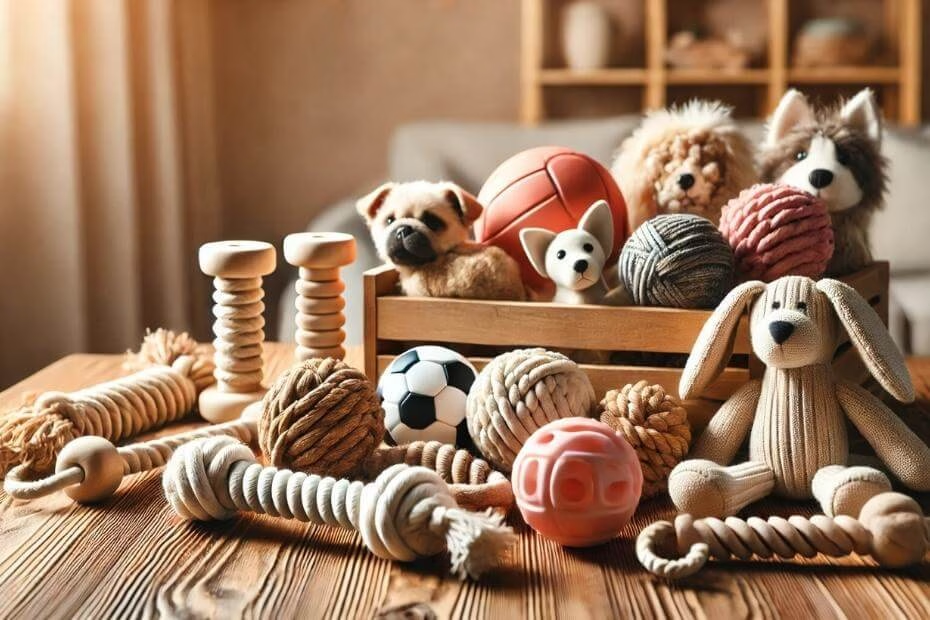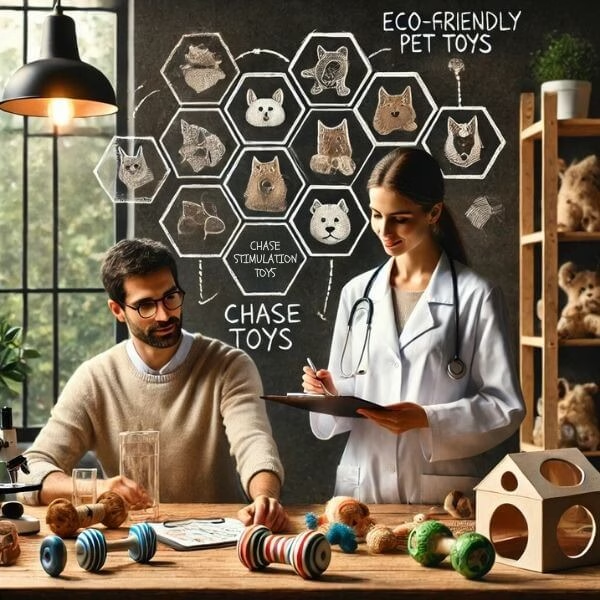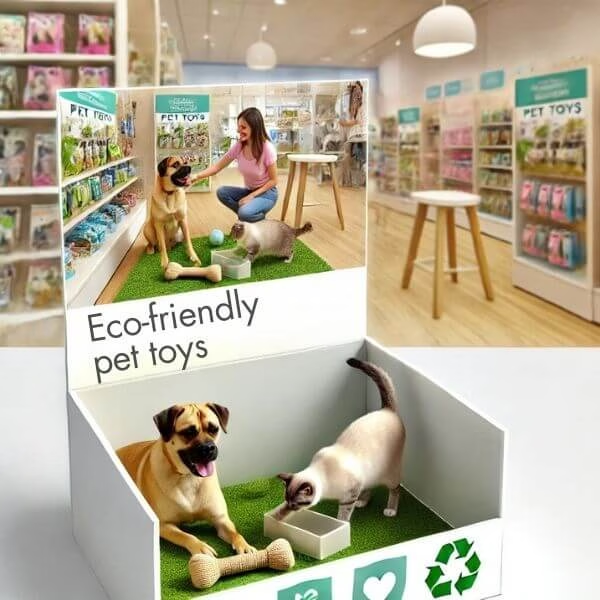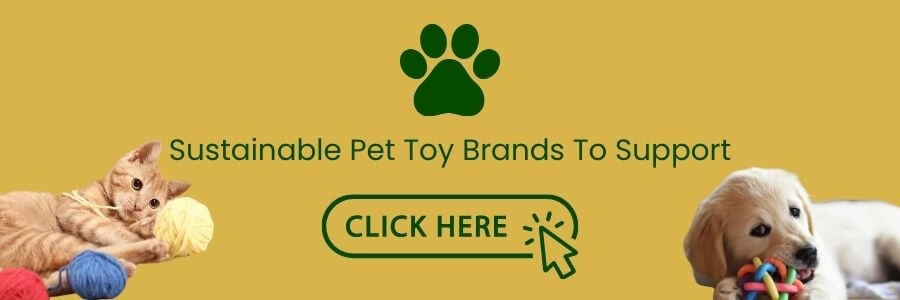Choosing the right pet toy involves more than just picking something cute and colorful off the shelf. From soft plush to tough rubber, the materials you select play a massive role in the toy’s durability, safety, and even your pet’s enjoyment. Here’s everything you might want to know about finding safe pet toys and making an informed decision for your furry friend.

Understanding Toy Materials: Which is Best for Your Pet?
Picking the right material for pet toys is like choosing the perfect fabric for your favorite shirt—you want comfort, durability, and style. Here are the most popular types of pet toy materials and what makes them unique:
- Plush Toys: Soft and cuddly, these are perfect for pets that enjoy gentle play or snuggling with their toys. However, they’re not ideal for heavy chewers as they can tear easily.
- Rubber and Latex Toys: Tough and durable rubber toys are great for pets that love to chew. Look for non-toxic, high-quality rubber to ensure it withstands your pet’s playful bites.
- Rope and Fabric Toys: These materials are great for interactive play, like tugging or fetching. They’re generally safe, but watch for fraying or unraveling, which can pose a hazard if swallowed.
Choosing materials based on your pet’s play style helps ensure that toys last longer and meet their needs, reducing waste and saving you from frequent replacements.
The Experts Behind Pet Toy Design
Veterinarians and animal behaviorists play an essential role in developing pet toys. They help tailor designs to meet pets’ physical and emotional needs, from brain-challenging puzzles for curious dogs to chase toys that satisfy a cat’s hunting instincts. Their insights guide the creation of toys that provide both fun and mental stimulation.

Safety First: What to Look for When Buying Pet Toys
Safety is the top priority when choosing a pet toy. Here’s what to keep in mind:
- Avoid Small Parts: Small pieces that could break off and be swallowed are choking hazards.
- Check Durability: Durable materials like rubber or reinforced fabric can withstand tough play.
- Look for Non-Toxic Labels: Make sure the toy is made from pet-safe materials and free from harmful chemicals like BPA or phthalates.
Manufacturers often rigorously test toys to ensure they can withstand rough play without falling apart, which is crucial for your pet’s safety.
The Manufacturing Process: From Prototype to Store Shelf
Ever wonder what happens between an idea and the squeaky toy in your pet’s mouth? The journey begins with prototypes crafted in factories, where precision meets creativity. Ethical manufacturing is increasingly a priority, with many brands using sustainable materials and reducing waste in production to lessen their environmental impact.
Quality assurance is a crucial part of the process. Toys are tested to meet safety standards, ensuring they’re ready for play without posing risks to pets.
Marketing and Selling Pet Toys: How the Industry Keeps Us Engaged
Once the toys are made, getting them into homes is all about marketing. From catchy packaging to engaging social media campaigns, brands focus on storytelling to create an emotional connection with pet owners. This connection encourages us to see a toy as more than just a plaything—it becomes a companion for our pets’ adventures.

Interactive zones in pet stores are becoming more popular. These zones allow pets to try toys before purchase. This hands-on approach gives pet owners confidence in their choices and helps picky pets find their new favorite.
The Life After Purchase: Care, Maintenance, and Disposal of Pet Toys
When you bring a new toy home, regular maintenance helps it last longer and keeps it safe for your pet. Here’s how to make the most of your pet’s toys:
- Clean Regularly: Wash toys in soap and water to prevent bacteria buildup.
- Inspect for Damage: Look for fraying, cracks, or loose parts. It’s time to retire a toy to avoid potential hazards if it is damaged.
- Recycle and Repurpose: Think twice before tossing old toys. Many brands now offer recycling programs, turning old toys into new ones or repurposing the materials. Upcycling is also an option—transforming an old toy into something new and exciting with a bit of creativity.
For ideas on eco-friendly disposal, check out the EPA’s tips for reducing household waste, a helpful resource for considerate pet owners.
DIY Solutions: Creating Safe Pet Toys at Home
When you bring a new toy home, regular maintenance helps it last longer and keeps it safe for your pet. Here’s how to make the most of your pet’s toys:
If you’re up for a bit of crafting, making your own pet toys can be both fun and budget-friendly. Here are a few easy DIY ideas:
- Tug Toy: Braid together old t-shirts or fabrics for a simple, chew-resistant tug toy.
- Treat Puzzle: Use a muffin tin and tennis balls to create a fun food puzzle. Place treats in a few compartments and cover them with tennis balls to keep your pet entertained.
With a little imagination, you can create safe, fun, and environmentally friendly toys—perfect for pets and the planet.
